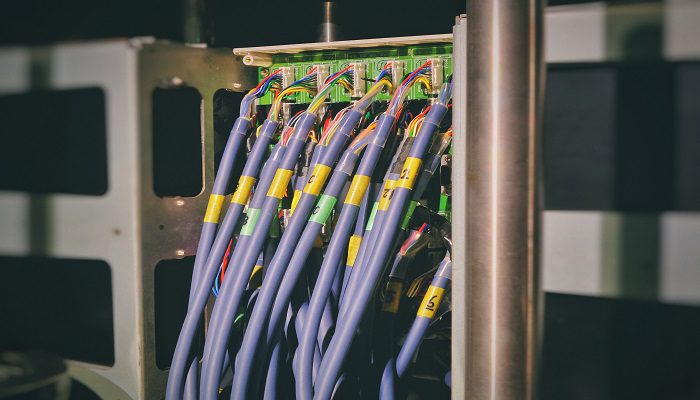Internet broadband refers to high-speed access to the World Wide Web using data channels. In communications, broadband is typically wide-area transmission of data over multiple channels which involves transmission and reception of multiple signals and frequency types. The most common medium used for internet is coaxial cable, optic fiber, electronic radio, or wireless broadband. Satellite and wireless technologies are in their developmental stage and have not been deployed widely.
Internet Broadband uses different types of transmission technologies. ADSL or Asymmetric Digital Subscriber Line is the most popular medium used for internet broadband. ADSL works on the principle of electronic signal being reassembled into a series of bits which are then sent through the copper wire. This process is referred to as digital subscriber line (DSL). ADSL can provide broadband connectivity at relatively higher speed than dial up.
Dial up modems usually use a modem which connects to a telephone line to provide access to the internet. It works similar to a circuit switch. There are two major disadvantages to this technology, the first being that it provides very slow download speeds. The second disadvantage is that it does not allow you to stream media such as videos. When deciding between DSL or cable TV, it is better to consider the differences in speeds provided by DSL and cable TV rather than trying to decide between these two technologies based on their speeds.
DSL or Broadband Digital Subscriber Line offers broadband internet access. It also offers VoIP service which is voice communication over the internet. This type of modem is generally used for a home phone line, not an internet access line. It can work with any type of broadband internet connection. Dial up modems can also be used for internet access when you have cable television but you have no other option.
It is important that you choose the right ISP for your needs. Some ISP’s offer services such as bundled phone service, long distance and cable TV. Others only offer dial up or cable internet. You need to shop around and compare features, cost, and download and upload speeds. Once you find a reliable ISP, you can start enjoying high-speed internet service.
If you are looking to download large files, it may be best to select a slower speed, like 3mbps, so that you do not use up too much bandwidth. Also if you have a family, you may want to consider getting a package deal which will include internet speeds, phone lines, and other services such as cable television. This will help you to save money, while still getting high-speed internet speed. The choice of whether to go with cable TV or another provider, is up to you, but you need to research all your options and compare internet speeds, cost, and features before making your decision.




































